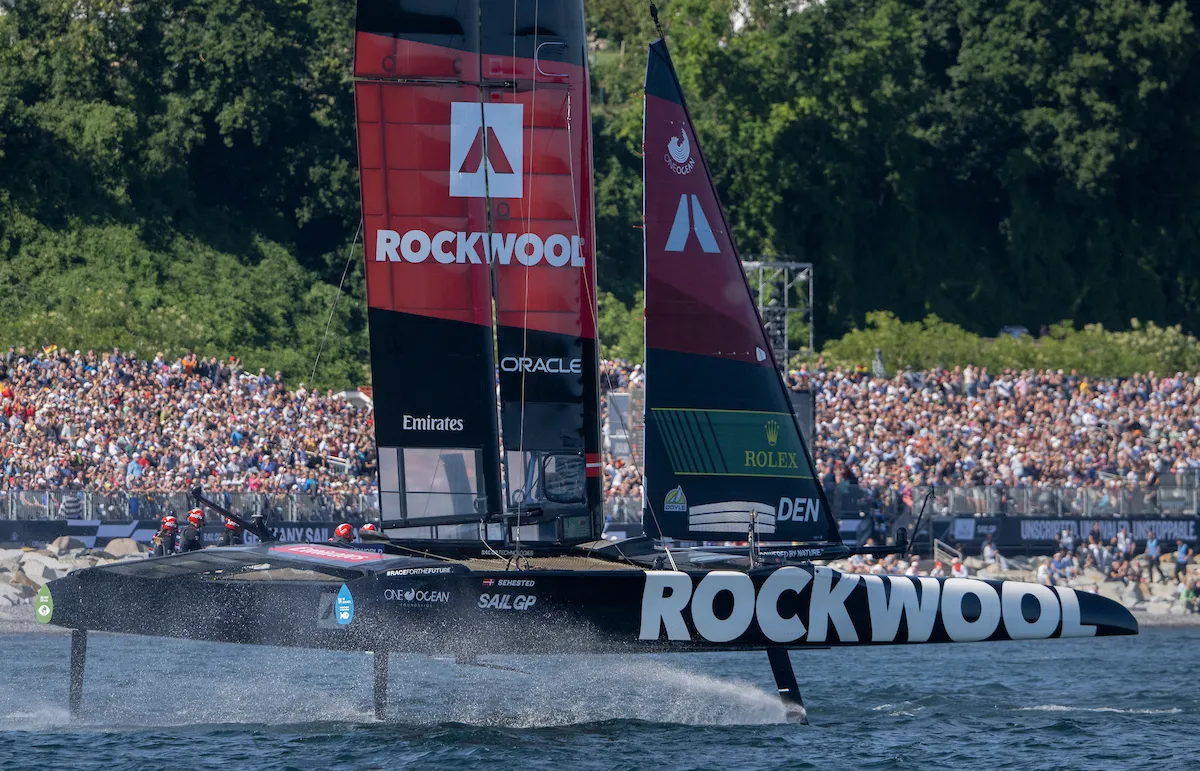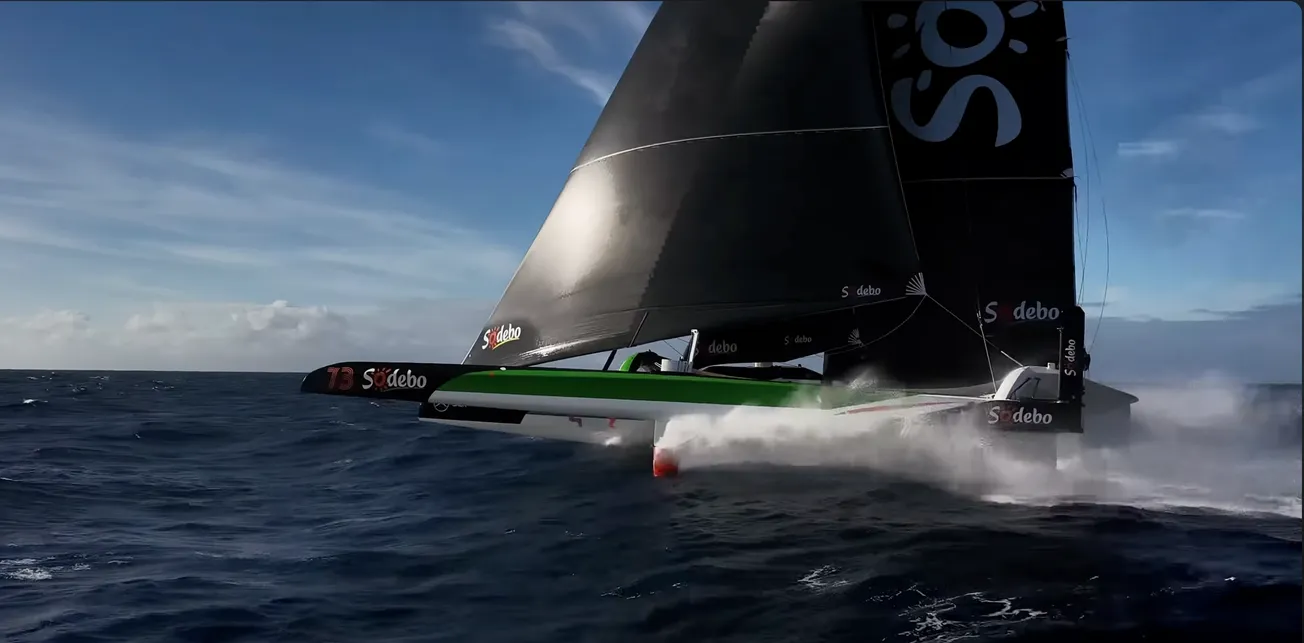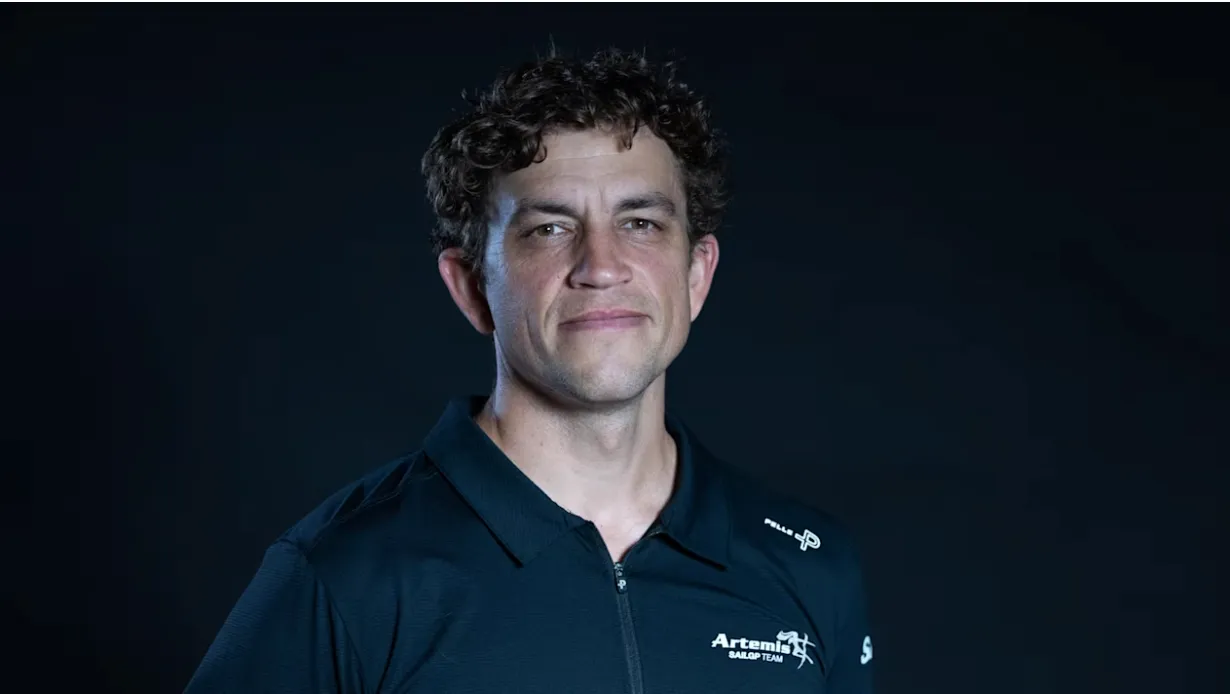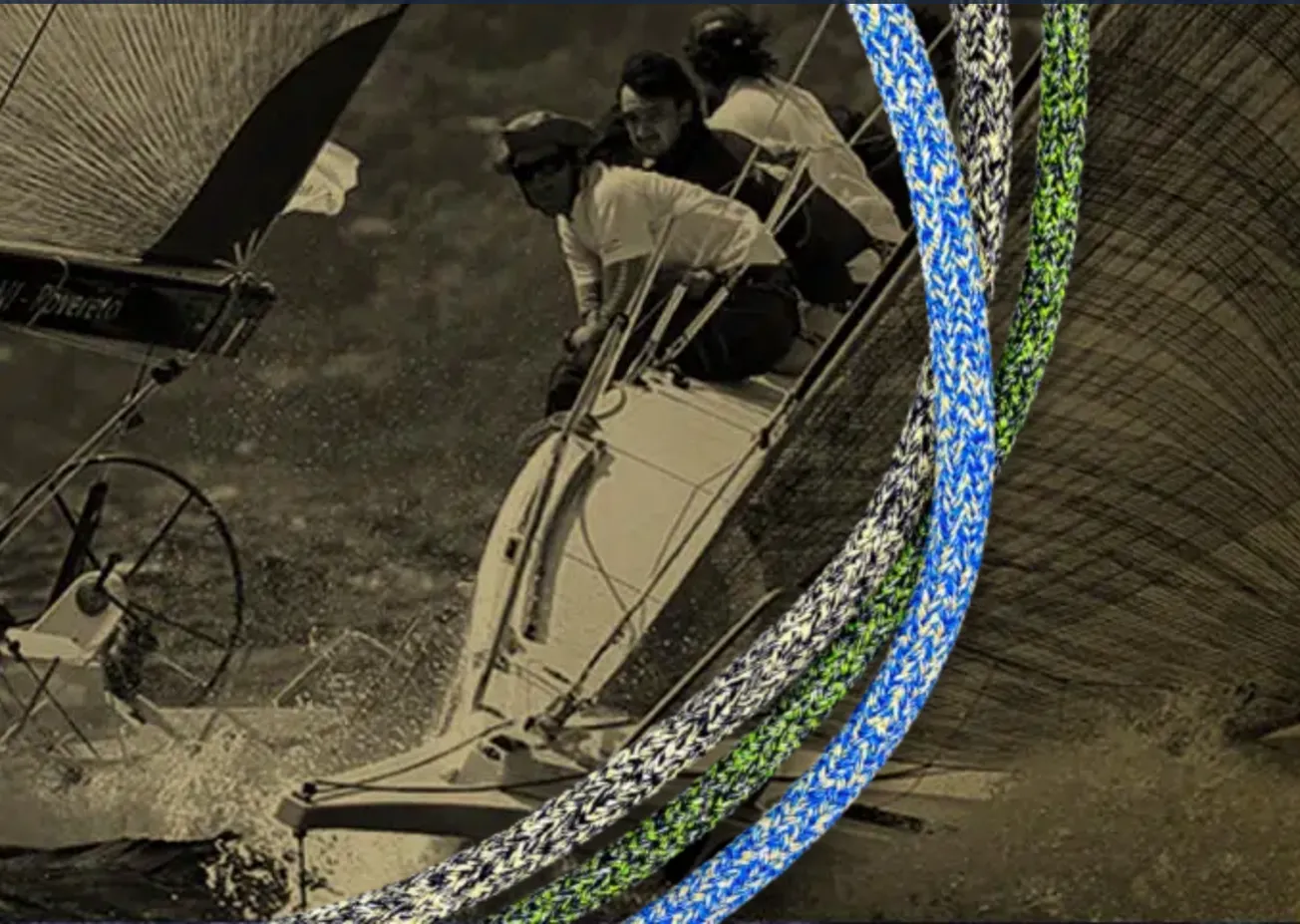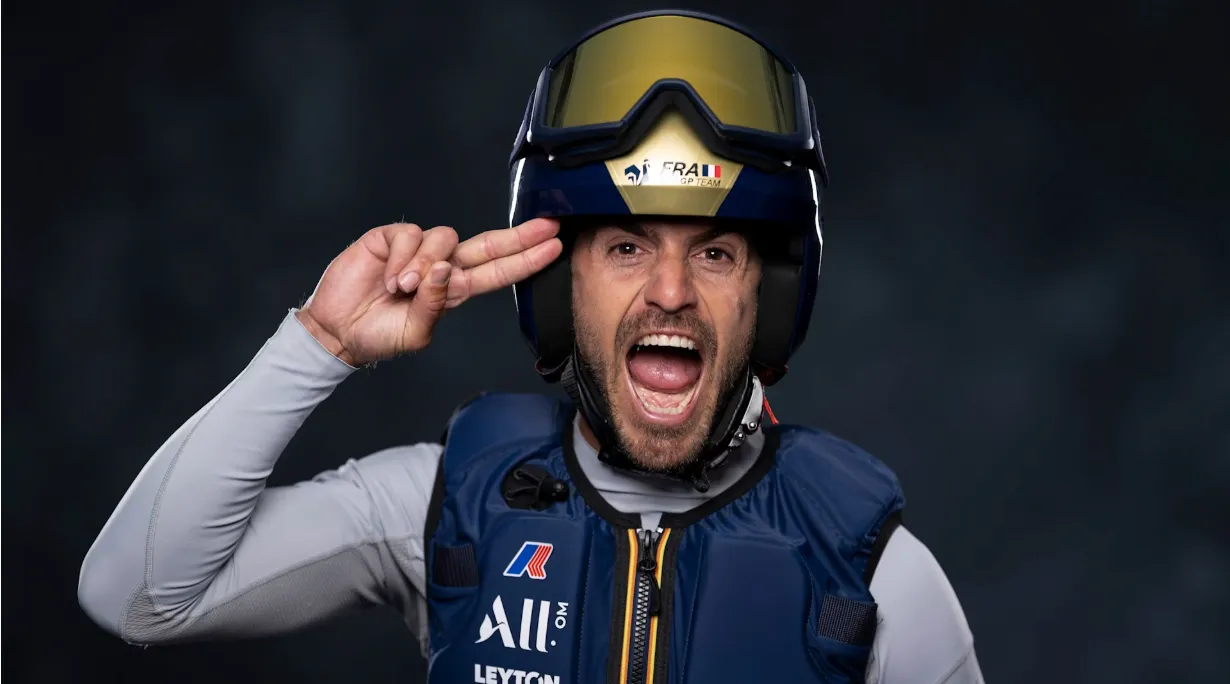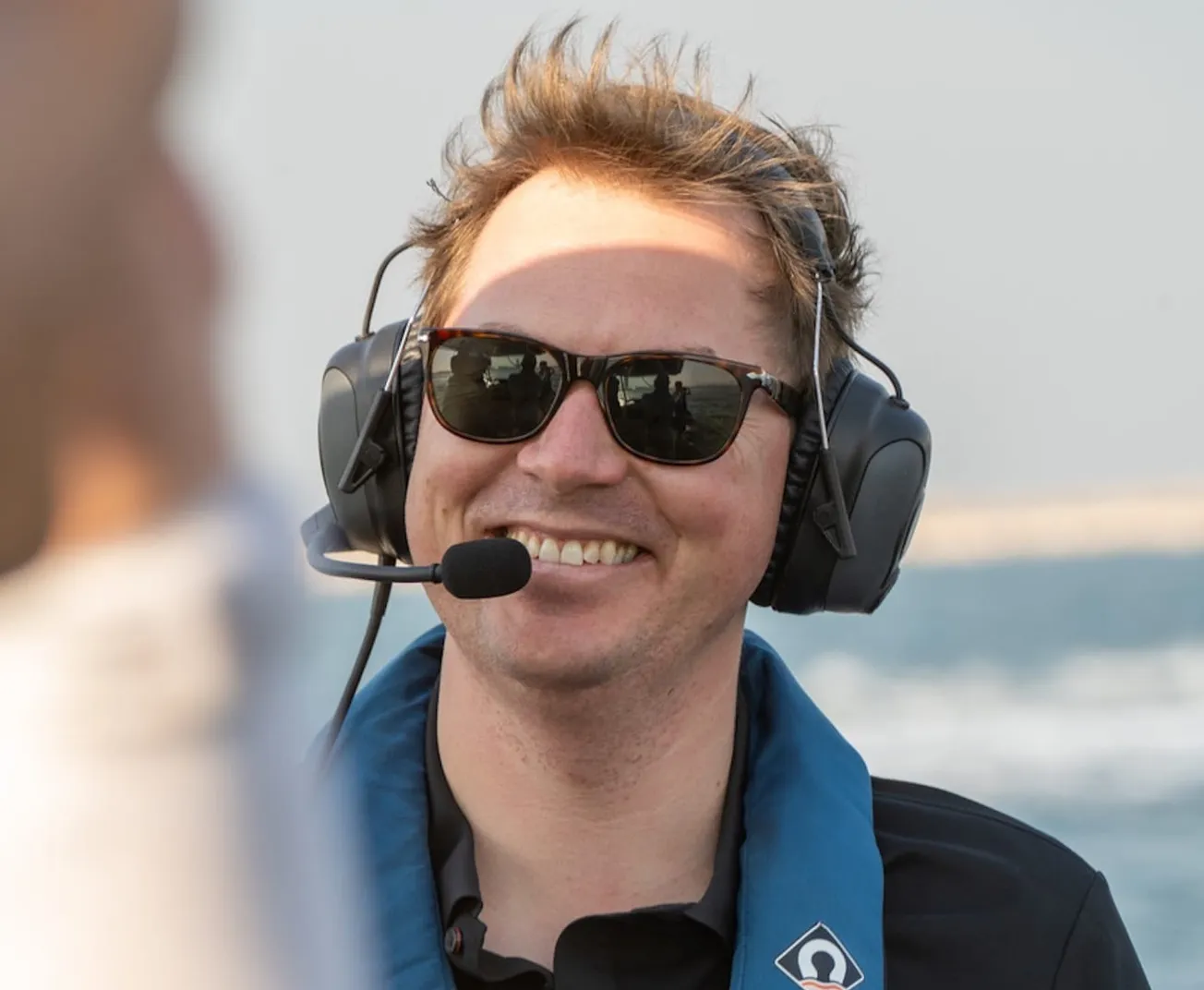

SailGP’s St Tropez event two years ago saw some of the most spectacular racing on the circuit thus far. Team France, Les Bleus, hit 99.94 km/h (53.96 knots) on the opening day.
That speed was topped this year in Sassnitz Germany with Rockwool Racing hitting 103.93 km/h (56.12 knots) on the bear away after Mk1 – “the holeshot”, to use a motor racing phrase.
So how fast could these foiling catamarans and their intrepid crews go? And how do these speeds compare to world records?
When I started my career in sailing media, waaaay back in 1989 with good-old Yachts & Yachting magazine, the outright world speed sailing record was 78 km/h (42 knots) held by Frenchman Gérard Navarin aboard the catamaran Techniques Avancées.
If the Danish SailGP crew in Sassnitz had kept up their speed for 500m, the official World Sailing Speed Record Council’s set distance for outright world records, Nicolai Sehested and crew would have been king of the hill as recently as 2010.
Russell Coutts, SailGP CEO, puts me straight on this: “ROCKWOOL Racing’s speed was achieved in a bear-away, where the inertia of the boat is increasing the righting moment, rather than in a straight line, so it’s not the same.”


